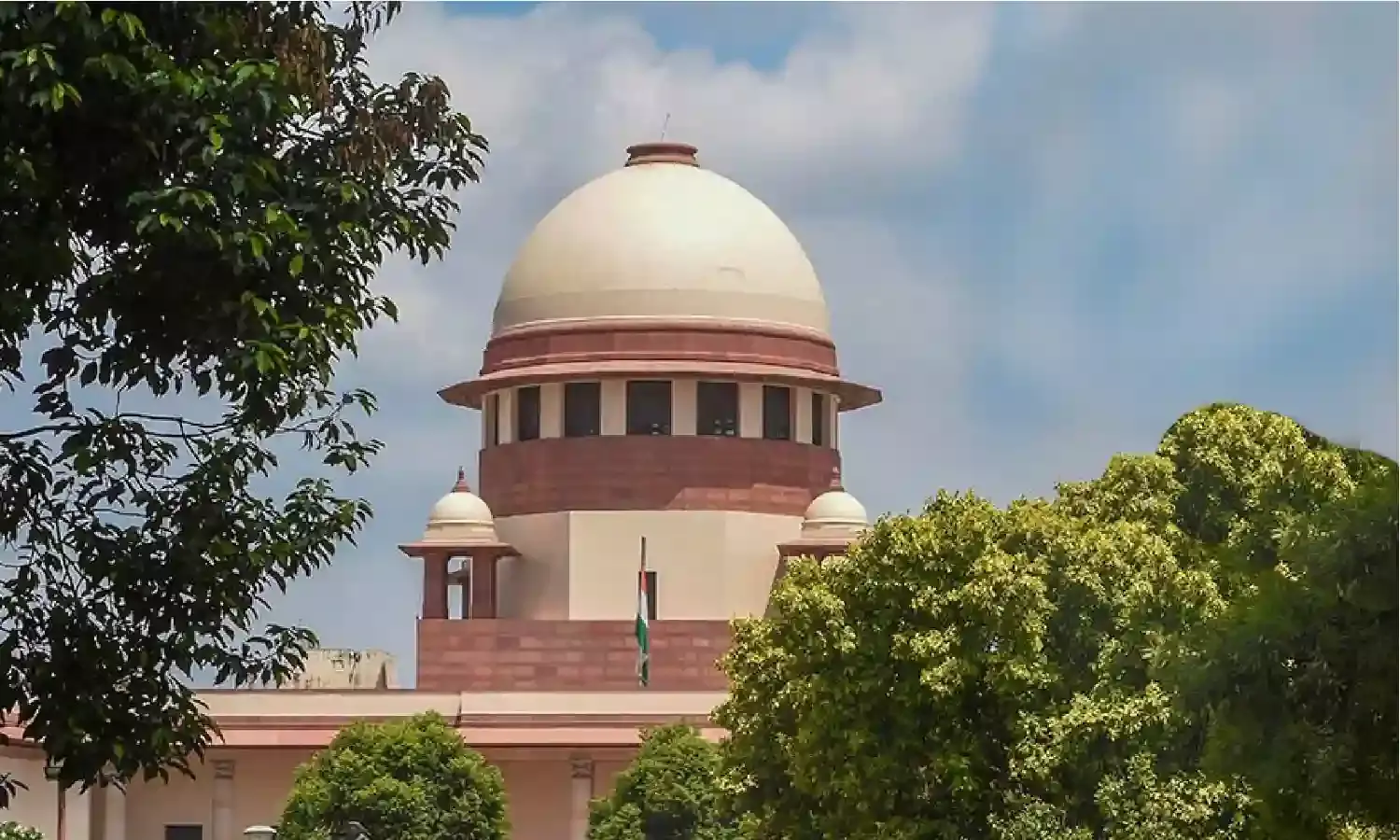If Accused Fails to Offer Plausible Explanation To Last Seen Theory Of Prosecution, Adverse Inference Can Be Drawn: Supreme Court

A Supreme Court bench comprising of CJI NV Ramana and Justices Surya Kant and Aniruddha Bose, on 4th August 2021, reiterated that once the fact of last seen has been established in a case, the burden rests upon the accused to prove the circumstances in which he departed the company of the deceased. If the accused fails to give any plausible explanation, then the Court may draw an adverse inference against him.
The Court was adjudicating upon an appeal filed by two accused, who were convicted by the Trial Court for a murder that happened in the year 1987 and had been charged under Section 302, read with Section 34 and 120-B of the IPC. The Trial Court had sentenced them to life imprisonment. Aggrieved by the judgment, the two accused approached the Patna High Court which upheld their conviction.
The Apex Court, in the appeal, noted that the conviction of the Appellants had been done on circumstantial evidence viz., the last seen theory and the false information provided by the accused post the incident and subsequent conduct of the accused. A motive was also attributed to the accused.
"The case of the prosecution in the present case heavily banks upon the principle of 'Last seen theory'. Briefly put, the last seen theory is applied where the time interval between the point of when the accused and the deceased were last seen together, and when the victim is found dead, is so small that the possibility of any other person other than the accused being the perpetrator of crime becomes impossible," the Court observed
The Court referred to the judgment given in the case of Satpal v State of Haryana and reiterated, "unless the fact of last seen is corroborated by some other evidence, the fact that the deceased was last seen in the vicinity of the accused, would by itself, only be a weak kind of evidence."
The Court further stated, "We may hasten to clarify that the fact of last seen should not be weighed in isolation or be segregated from the other evidence led by the prosecution. The last seen theory should rather be applied taking into account the case of the prosecution in its entirety. Hence, the Courts have to not only consider the factum of last seen, but also have to keep in mind the circumstances that preceded and followed from the point of the deceased being so last seen in the presence of the accused."
The Court was of the view that "once the fact of last seen is established, the Accused must offer some explanation as to the circumstances in which he departed the company of the deceased (Kashi Ram Case). Further, the Court while referring to Satpal Singh case held that that if the accused fails to offer any plausible explanation, an adverse inference can be drawn against the accused."
After analyzing the evidence put forth, the Court concluded that there was no reason to disbelieve the prosecution's version of the last seen theory.
Furthermore, the Court found that there was post-occurrence circumstantial evidence led against the first Appellant as he did not "disclose the whereabouts of the deceased and surreptitiously disappeared from the scene till he surrendered in the Court". However, no such post-occurrence circumstantial evidence was led against the second Appellant.
The first Appellant also entered the plea of juvenility for the first time before the Supreme Court. However, the Court dismissed this plea as it was difficult to verify the veracity of the documents presented by the first Appellant as evidence. These documents failed to inspire the confidence of the Court.
Hence, the Court confirmed the conviction and sentence of the first Appellant, Surajdeo Mahato. However, the Court acquitted the second Appellant, Prakash Mahato, of all charges.

